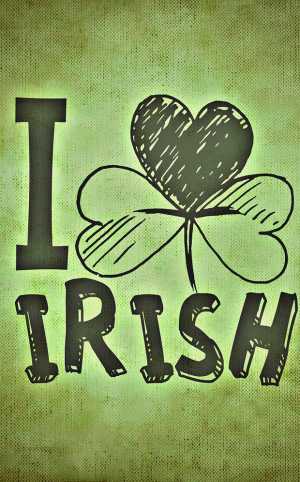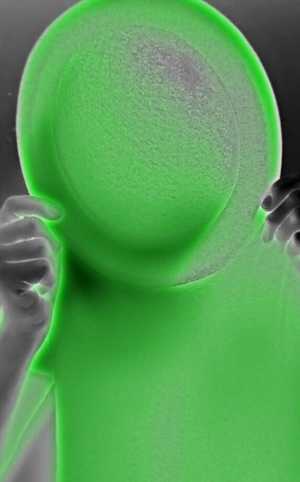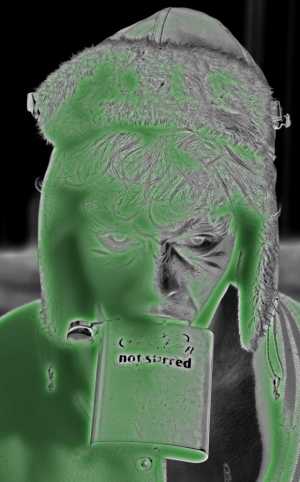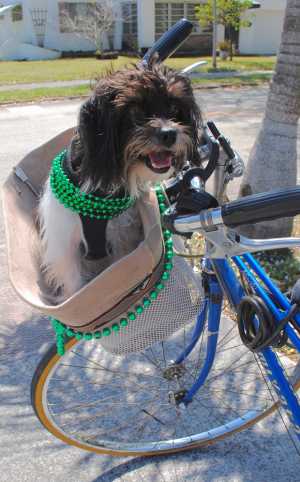It’s true, we are in February but you know what Joe Poyer used to say: ” thorough preparation makes its own luck”. So with those words in mind, we are publishing this article ahead of time, to give ourselves a bit of luck.

So, St. Patrick’s Day is a cultural and religious holiday celebrated on the 17th of March, and named in honor of the patron saint of Ireland.
As a matter of fact, Saint Patrick’s Day, or the Feast of Saint Patrick (Irish: Lá Fhéile Pádraig, “the Day of the Festival of Patrick”), is the foremost patron saint of Ireland.
The festival commemorates the arrival of Christianity in Ireland, as well as celebrating Irish heritage and culture. However, since its beginnings of tradition and religious content it has seen a lot of changes.
Now a days, St. Patrick’s Day is celebrated by many people throughout the world, Irish and non-Irish alike. They celebrate with food, drinks and all things green.
In order to truly experience a full St. Patrick’s Day feeling it is important, at least I think that, to know a bit more of its history.
A bit of history
The first thing to note is that it is observed as a religious festival in Ireland for over a thousand years, though it was only recognized as a celebration of Irish culture and heritage in the 1970s.
The second piece of information that is important it’s the name. So, this celebration receives its name in honor of St. Patrick, the patron saint of Ireland, who has been credited with bringing Christianity to Ireland.
Most people agree on the fact that St. Patrick’s actual name was Maewyn Succat.

They also agree that Maewyn was kidnapped and sold into slavery at age 16 and, to help him endure his enslavement, he turned to God.
He was imprisoned during 6 years. He managed to escaped from slavery to France, where he became a priest, and then the second Bishop to Ireland. He spent the next 30 years establishing schools, churches, and monasteries across the country.
Introducing changes wasn’t an easy task. He initially encountered many hardships among the pagans, particularly the druids. They weren’t willing to give up their power over the old religion and feared Patrick and Christianity.
He traveled from town to town, tearing down idols and temples and establishing the Catholic Church. By AD 444, the primatial see and first cathedral of Ireland were built in Armagh.
A very curious anecdote, at least for me, is that Christians also attend church services and the Lenten restrictions on eating and drinking alcohol are lifted for the day, which has encouraged and propagated the holiday’s tradition of alcohol consumption.
Saint Patrick’s Day is a public holiday in the Republic of Ireland, Northern Ireland, the Canadian province of Newfoundland and Labrador, and the British Overseas Territory of Montserrat. It is also widely celebrated in the United Kingdom, Canada, United States, Argentina, Australia and New Zealand, especially amongst Irish diaspora.
An interesting fact is that, its celebrated in more countries than any other national festival.
I definitely have more national pride than when I was living back in Ireland.
On Saint Patrick’s Day, it is customary to wear shamrocks, green clothing or green accessories. The shamrock, a three-leaved plant, is used to explain the Holy Trinity to the pagan Irish.
A parenthesis, the story of the pegan Irish, first appears in writing in 1726, but it may be older. In pagan Ireland, three was a significant number and the Irish had many triple deities, which may have aided St Patrick in his evangelisation efforts.
The first association of the color green with Ireland is from a legend in the 11th century Lebor Gabála Érenn (The Book of the Taking of Ireland). It tells of Goídel Glas (Goídel the green), the eponymous ancestor of the Gaels and creator of the Goidelic languages (Irish, Scottish Gaelic, Manx).So, Goídel is bitten by a venomous snake but saved from death by Moses placing his staff on the snakebite, leaving him with a green mark. His descendants settle in Ireland, a land with no snakes.
The symbols
Understanding a little bit more about the symbols that are used and presented on this celebration is fundamental.
1. The three-leaved shamrock is a familiar symbol of Ireland and St. Patrick, used by the Irish tourist board and almost every tourist shop in the country as a national symbol. It grows plentifully all over the country, and takes its name from early Irish word seamair óg, or young clover.Its association with St. Patrick began centuries ago, when it was said that he used the plant’s three leaves as a symbol of the Holy Trinity while preaching Christianity in Ireland in the fifth century.
2. Green. Everyone who’s ever drunk a pint of dyed-green beer will know that the color is strongly associated with Ireland. However, no one really knows ehen it became so popular. Once upon a time, the mos used color in Ireland was blue.
Current celebration
Ok, so naturally times have changed. Modern celebrations have been greatly influenced by those of the Irish diaspora, particularly those that developed in North America.
In recent years, there has been criticism of Saint Patrick’s Day celebrations for having become too commercialized and for fostering negative stereotypes of the Irish.

All in all, many would say that March is the cruellest month if you’re Irish and venture out of Ireland, breeding plastic leprechauns from dead Tesco aisles, mixing green food colouring with American beer, and stirring dull copy from hacks.
The first St Patrick’s Day parade in Ireland was held in Waterford in 1903. The week of St Patrick’s Day 1903 had been declared Irish Language Week by the Gaelic League and in Waterford they opted to have a procession on Sunday 15 March. The procession comprised the Mayor and members of Waterford Corporation, the Trades Hall, the various trade unions and bands who included the ‘Barrack St Band’ and the ‘Thomas Francis Meagher Band’.
Most Irish people who encounter the phenomenon overseas are bemused and stunned.
In fact, many don’t like it that much but they do admit is contagious and makes them feel patriotic. On the other hand, the St Patrick’s Day reputation for excessive boozing is also a turn-off for some.
One thing that remains the same is that green is the color to be in. It is not necessary to wear a sweater with a giant shamrock on it. As a matter of fact, people may be subtle or as wild as they like.
It’s an excuse for teens to get blind drunk, lose all sense of human decency and generally cause havoc. The emphasis is well and truly on alcohol.
For many a simple T shirt will do the trick. But for others, meaning for those who are feeling particularly festive, buying or making a leprechaun costume, replete with white stockings, green top hat and fake red beard is a good option.
As always, many holidays are about accezorinsing. Buttons, pins and jewelry are all great ways to dress up an outfit. On St. Patrick’s Day, they become ways to express the fun side of fashion. Nothing is too gaudy or outlandish.
What really matters
An amazing way of taking this holiday as a part of your life style is to Learn some Irish words and phrases. The Irish have their own distinct dialect of the English language, so if you want to sound like a true Paddy on St. Patrick’s day, try sprinkling some of these Hiberno-English gems into your conversation:

Some of them are: What’s the craic? This phrase can be interpreted as either “How’s it going?” or “What’s going on?” or “What’s up?” and is used in non-formal settings. Eejit is basically the Irish word for idiot. If someone does something silly or stupid, you can comment “Ah ya big eejit!” It’s not meant to be offensive, rather it’s used to make fun of someone in a playful way. Grand is another multi-purpose word in Hiberno-English.
It doesn’t mean large or impressive, but rather translates as “fine” or “great” depending on the context. “I’m grand” is a perfectly acceptable reply to the question “How are you?” and means the person is doing just fine. If you ask an Irish person “How did the exam go?” and they reply “It was grand” that means it went okay, it wasn’t amazing, but it wasn’t a disaster either.
Since it is important to understand that this amazing celebration is a tradition and has a long history. It is only natural that Irish people get annoyed, to say the least, when people pronounce something completely wrong. Needles to say that, for second generation Irish people, it is closely associated with family celebrations, customs and memories. Saint Patrick’s feast day, is a celebration of traditions, the past and te future generations come together.


